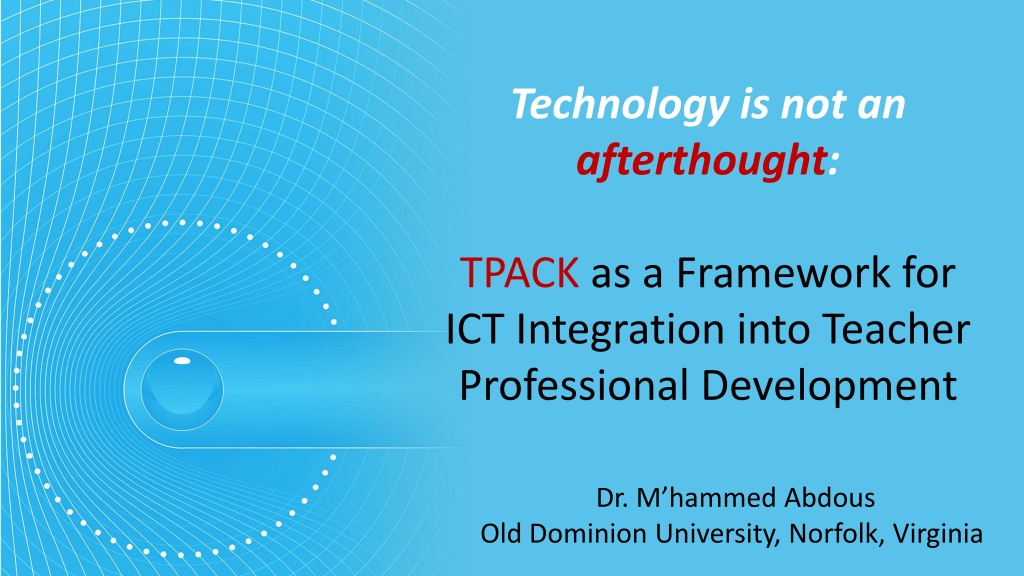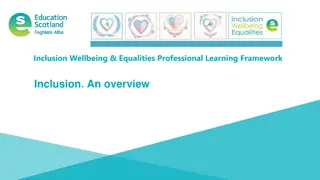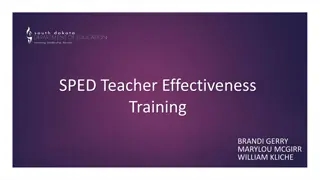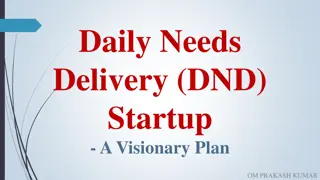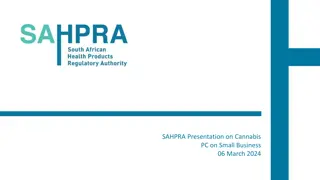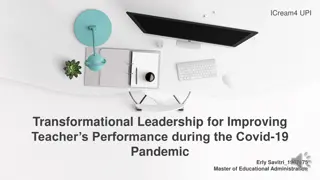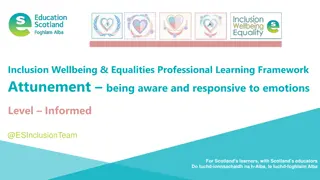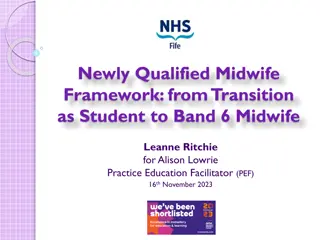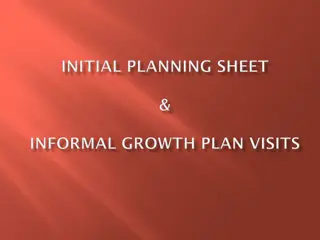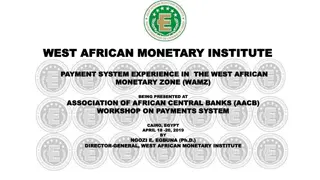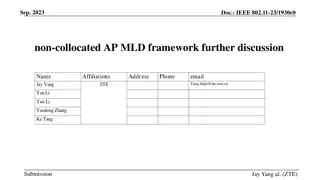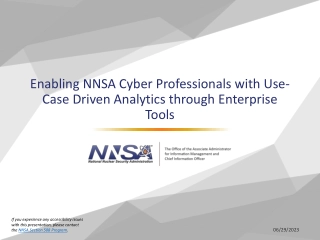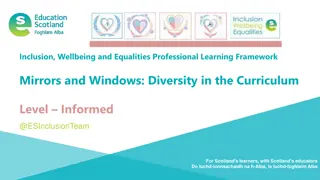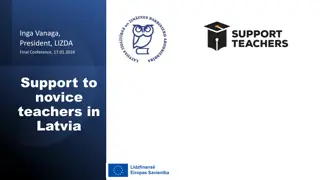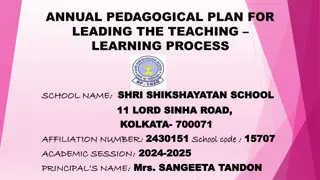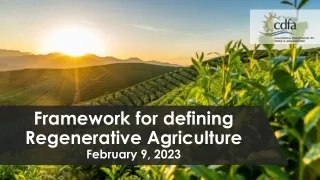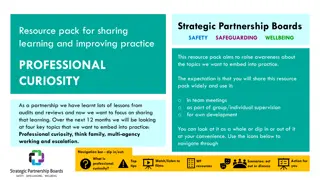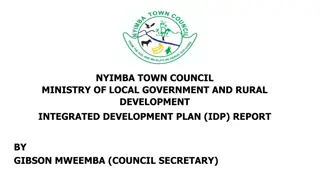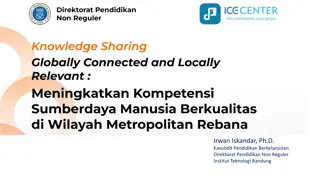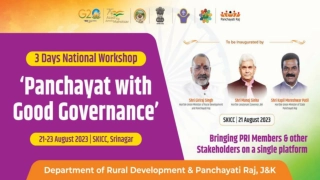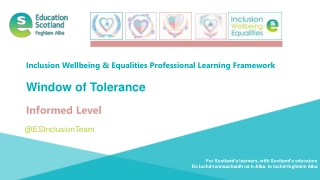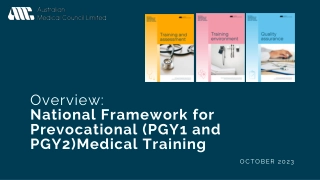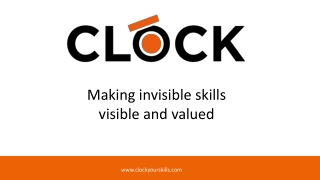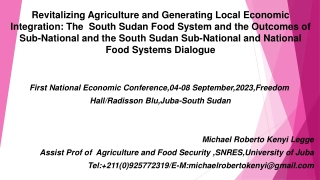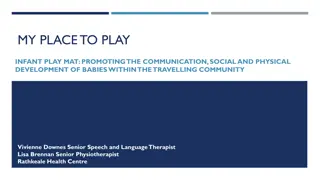TPACK Framework: Enhancing Teacher Professional Development Through Technology Integration
Exploring the TPACK framework for ICT integration into teacher professional development, this presentation discusses the evolution of technology in education, challenges and opportunities of TPACK implementation, and the potential impact on personalized learning experiences for students.
Download Presentation
Please find below an Image/Link to download the presentation.
The content on the website is provided AS IS for your information and personal use only. It may not be sold, licensed, or shared on other websites without obtaining consent from the author. Download presentation by click this link. If you encounter any issues during the download, it is possible that the publisher has removed the file from their server.
Presentation Transcript
Technology is not an afterthought: TPACK as a Framework for ICT Integration into Teacher Professional Development Dr. M hammed Abdous Old Dominion University, Norfolk, Virginia
Outline Technology Then and Now The Technological Divide: Haves and Have-Nots Technology Integration Models: SAMR & LOTI What is TPACK? TPACK Cards Game What Does ALL This MEAN to YOU?
Goals 1. Discuss the concept of technology integration 2. Gain familiarity and experience with the TPACK framework 3. Discuss the TPACK framework opportunities and constraints 4. Identify potential challenges associated with TPACK implementation and brainstorm possible solutions for these challenges
It took 500 years to distribute arithmetic textbooks in schools In 1924 the BBC broadcasted the first adult education radio talk on Insects in Relation to Man
In the 1970, TV was seen as a panacea, but Lack of electricity, cost, climate, resistance from local teachers, language and cultural barriers The Automated Test Scoring Machine was developed by IBM in 1937
Is technology mechanizing the industrial model of schooling: large number of factory workers? Some the Unfulfilled Promises of Technology Where s the individualized learning experience? Can you offer a personalized learning path for children at scale?
The Technological Divide: Haves and Have-Nots Digital Divide 74 students 47 girls 27 boys Madame Judith uses her meager salary to buy food, clothing and sandals for the children whose parents cannot afford them. School fees in the public schools are around three dollars per year.
The Technological Divide: Haves and Have-Nots Digital Divide
The Technological Divide: Haves and Have-Nots Digital Divide
21 Century Skills A set of abilities requiring individuals to "recognize when information is needed and have the ability to locate, evaluate, and use effectively the needed information." Information Literacy the ability to use digital technology, communications tools, and/or networks to access, manage, integrate, evaluate, and create information in order to function in a knowledge society. ICT Literacy
Introducing a new element into an existing process Word Processing for Writing, Editing and Revising Technology Infusion or Integration? Intermixing items that were initially separated Creating a multimedia presentation with text, audio, photos, and video What is effective technology integration?
What is technology Integration? Effective technology integration is attained when Technology use is routine and transparent, accessible and readily available Supporting curricular goals Helping students learn
SAMR Technology Integration Models LOTI TPACK
LOTI: Levels Of Technology Integration A conceptual framework to measure levels of technology implementation Level 0 Non-use Level 1 Awareness Level 2 Exploration Level 3 Infusion Level 4 Integration (a: mechanical, b: routine) Level 5 Expansion Level 6 Refinement Self-assessment tool for technology integration, but . Unclear knowledge domains associated with each level
What is the TPACK? TPACK What are the underlining ideas of the TPACK?
What is TPACK? Shulman s construct of pedagogical content knowledge (PCK)
Transcend the Techno-centric Approach Emphasis on technology in isolation Computer labs, not integrated in the curriculum New technologies are unstable, evolving and opaque, protean Social and contextual contexts: lack of support, lack of preparedness, lack of training (one size fits all approach)
Unbundling the seven dimensions of the TPACK Step 1: Examine each dimension individually Dimension 1: Content knowledge (CK) Dimension 2: Pedagogical knowledge (PC) Dimension 3: Technology knowledge (TK) Step 2: Examine the interplay of the three dimensions Dimension 4: Pedagogical content knowledge (PCK) Dimension 5: Technological content knowledge ( TCK) Dimension 6: Technological pedagogical knowledge (TPK) Step 3: Putting it all together Dimension 7: TPACK
Equilibrium Teaching successfully with technology requires continually creating, maintaining, and re- establishing a dynamic equilibrium among all components: content, pedagogy, technology, and teaching/learning contexts
Critics of The TPACK Where are the students in this framework? Do we teach content or do we teach students? What about the intrapersonal dimension: epistemological and pedagogical beliefs that teachers hold? What about the cultural/institutional factors: Physical/technological infrastructure, Support Where are the students perceptions about learning?
TPACK Cards Game 1. Choose a content card 2. Draft a question that you might cover in class 3. Pick a pedagogy card 4. Pick a technology card http://fcit.usf.edu/matrix/digitaltools.p hp
TPACK Cards Game 5. Work with your group at your table Justify your choice of pedagogy and technology: How does the technology support your content? How does the pedagogy support your content/pedagogy? 6. Is there another combination that fits better your content? Which one? Why and How?
Final Thoughts Dimension Interrogations Vision What is your institutional vision for the role/place of ICT in your curriculum? Competences What competencies/standards are you targeting? And how do you ensure that your teachers are trained? Infrastructure What kind of infrastructure do you currently have in place? Will it scale and support your future ICT integration plans? Software/hardware Which software/hardware are you currently using in your pre-service teacher training? Support What kind of support do you have in place: technological, pedagogical? Leadership What kind of leadership support do you have for ICT integration? Barriers and opportunities What kind of opportunities and barriers faced by your teachers?
What did you learn? Ideas gained from today s sessions Potential application for you work and your organization
Thank you for your attention Dr. M hammed Abdous Old Dominion University mabdous@odu.edu
